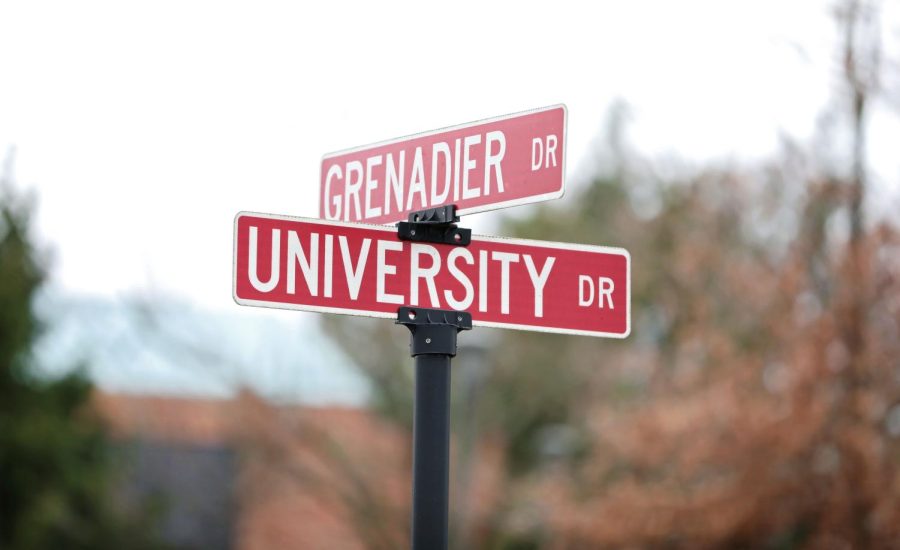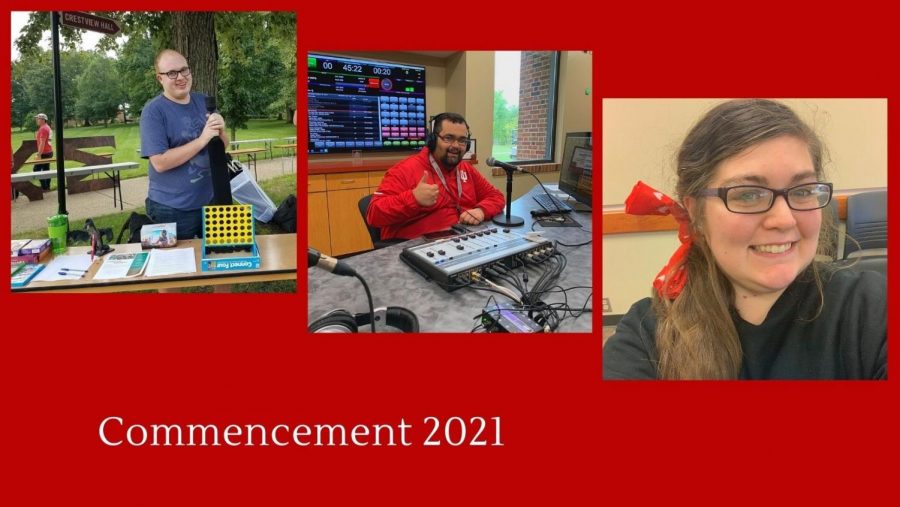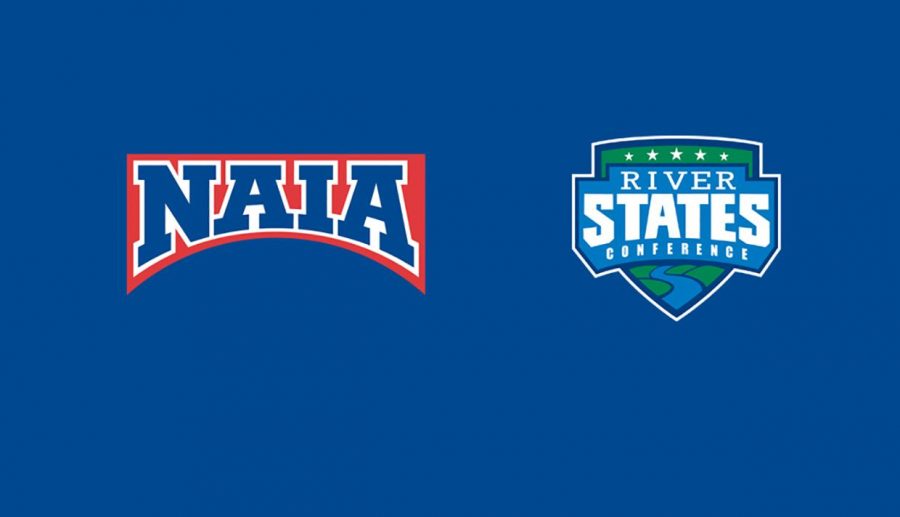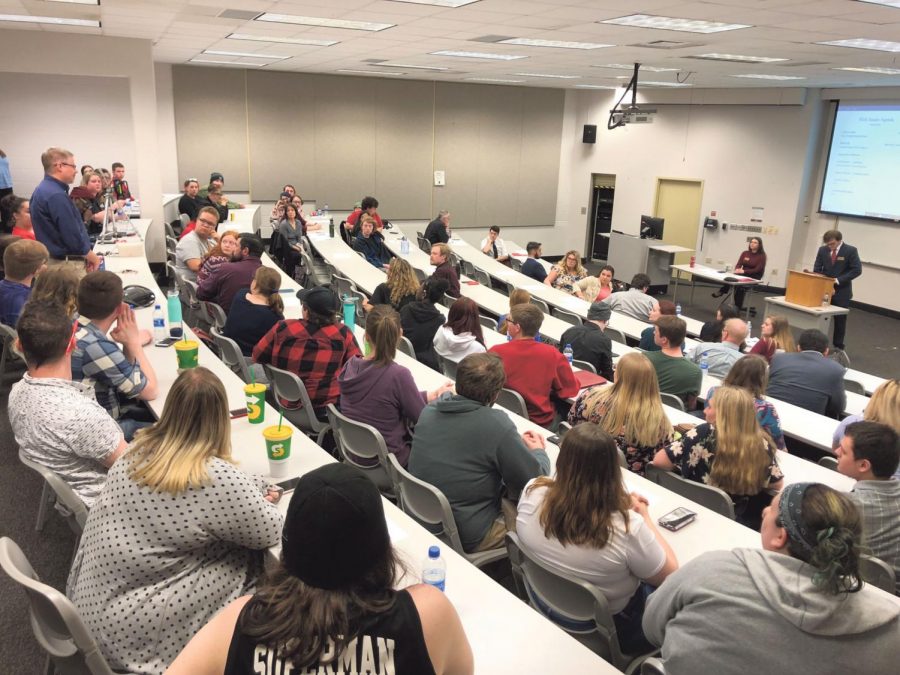You take four classes every fall and spring, work 40 hours a week and maybe even take care of a family. You know it’s going to take you more than four years to graduate college, and you’re OK with it. But the Indiana legislature and higher education officials would really hope you finish sooner, and they’re starting to tie college funding to the number of students Indiana colleges get out in four years.
Colleges in Indiana are funded primarily by tuition dollars and state subsidies. The subsidies used to be tied entirely to the student population, but the metric has changed. A portion of funding is now directly tied to student persistence and rates of graduation. And that can be a problem for schools like IU Southeast, Chris Crews, interim director of admissions, said.
For every 100 students who start college at IU Southeast, 14 graduate in four years, according to a report from the Indiana Commission for Higher Education. Within eight years, 49 of those students will graduate.
On the other hand, more traditional universities in the state have much higher completion rates. At IU-Bloomington, 53 percent of students graduate within four years, and 83 percent finish in eight.
“The pressure is legislative primarily, and we have to try to change our model to fit that,” Crews said. “As a regional institution, our demographic is a lot different. It can be difficult to compare it to some of the other four-year institutions.”
IU Southeast officials said that because of these new pressures from the state, they are trying to focus more on retention of students and guiding them to graduate more quickly.
Jason Meriwether, vice chancellor of Enrollment Management and Student Affairs, said that to graduate in four years, students must take and pass 30 credit hours each year. That means that on average, students must take 15 hours every fall and spring.
“Students are supposed to go 30, 60, 90 and then 120 and get out,” Meriwether said, “but that isn’t realistic for a lot of our students. So we really have to push summer school to be a third semester to get there.”
This year, for the third year in a row, IU Southeast will offer a 25 percent discount on the cost of summer classes. In addition to offering the discount on classes, IU Southeast is offering up to a $300 scholarship to pay for books. In order to receive the scholarship, students must be registered for at least six credit hours by March 16.
Meriwether said that students should work to budget their financial aid to take advantage of the discounted summer sessions.
“A lot of our work is to focus on a strong financial literacy program for our students from day one,” Meriwether said.
The key to finishing college is not just about students budgeting financial aid, Meriwether said, but also about making sure they stay on track and take the right classes.
For example, academic advisers work closely, one on one, with students to help explore options and schedule classes.
“Our advisers are key to this because they help the students navigate the process,” says Meriwether.
Each degree is also now required to provide road maps that list classes students will need in order to graduate and when to take them.

“Finish in four is very important to us,” Meriwether said. “But we have to shape and educate students about why it’s important for them and how it affects their financial picture.”
Not only does every extra year in college decrease a student’s chances of ever earning a degree, but also it potentially costs up to $50,000 in tuition, lost wages and other costs.
Crews said he has met students who have transferred around to different colleges have accrued hundreds of credit hours, but still have no degree. He said students must stay on track to avoid being in such a position.
Retention initiatives designed to keep students on track have already shown positive results for students and for the university, Meriwether said.
“We’ve seen the highest number of students who began in the fall return in the spring in a number of years, ” he said. “There was an 84 percent retainment. We want to see that number continue to feed into graduation rate over the next four, five, six years.”
Still, retention and recruitment present challenges for types of students IU Southeast targets.
Because of the more nontraditional students that IU Southeast tends to serve, there is competition when it comes to recruitment. Job suppliers like UPS and Amazon offer would-be graduates stability in a tough economic time, which Meriwether said competes with school as a primary focus.
As valuable as a college degree is, it can be challenging to add a major expense and still work to pay the bills.
“When it’s tough economically, there’s one segment that says ‘go to school; stay in school’ while other population segments have to get two jobs,” Meriwether said.













